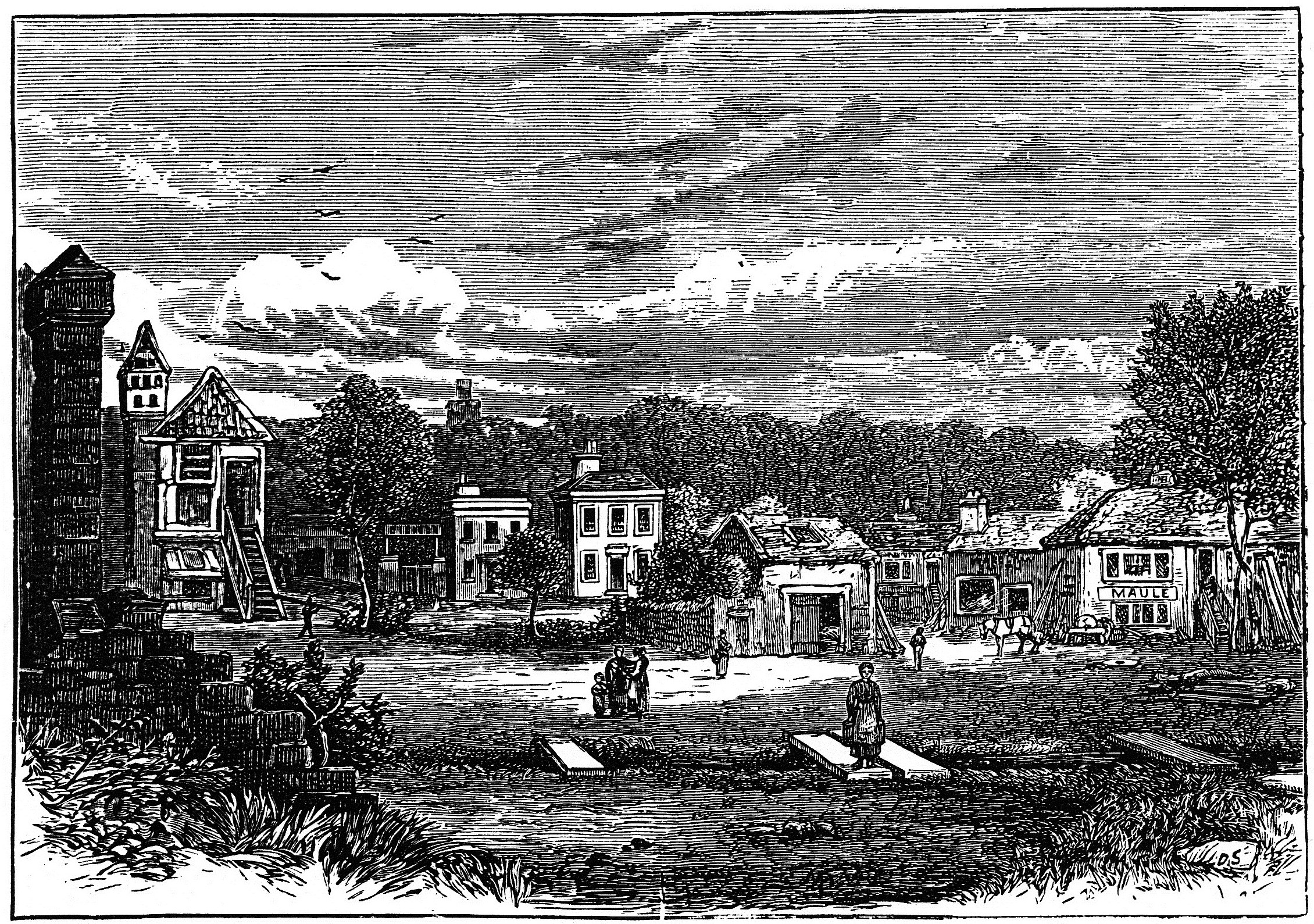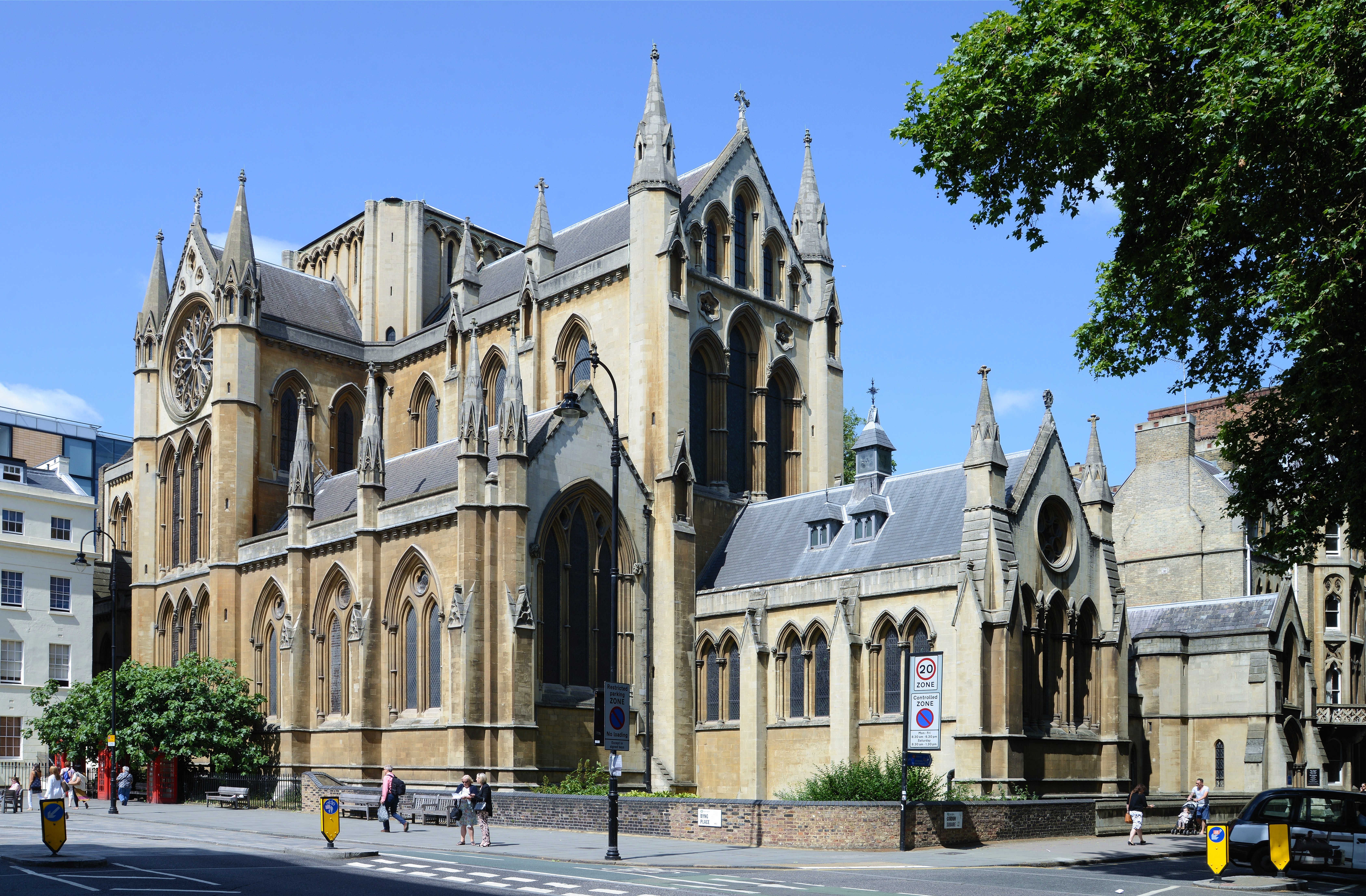|
Gaelic Chapel
St Oran's Church was a Scottish Gaelic, Gaelic-speaking congregation of the Church of Scotland in Edinburgh. Originating in the early 18th-century, the congregation continued until 1948, latterly meeting at Broughton, Edinburgh, Broughton Street. Gaelic public worship in Edinburgh began in the early 18th century and culminated with the opening of the first Gaelic Chapel at Chapel Wynd near the Grassmarket in 1769. This was the first Gaelic-speaking congregation in the Scottish Lowlands. A second, larger chapel opened at Horse Wynd in 1813 and the two congregations united in 1815, following which the Chaepl Wynd building was sold. In 1835, the chapel was raised to the status of a parish ''quoad sacra''. The Disruption of 1843 saw all the church's office holders and almost all of its congregation depart the established church to join the Free Church of Scotland (1843-1900), Free Church, creating another Gaelic-speaking congregation in Edinburgh: the Highland Church, Gaelic Free Church ... [...More Info...] [...Related Items...] OR: [Wikipedia] [Google] [Baidu] |
Broughton, Edinburgh
Broughton () is an ancient feudal barony, today within the City of Edinburgh, Scotland. Ancient barony The feudal barony of Broughton in the 16th and 17th centuries was in the hands of the Bellenden family, who had made their money in the legal profession. Sir John Bellenden of Broughton, Knt., (d. 1 October 1576) who was present at the Coronation of King James VI in 1567, possessed the barony of Broughton, with the additional superiorities of the Canongate and North Leith, having therein nearly two thousand vassals, according to Sir John Scott of Scotstarvit, writing in 1754. Broughton passed to his son, Sir Lewis Bellenden, Knt., (d. 27 August 1591) Lord Justice-Clerk and a Lord of Session, who is cited as one of the Ruthven Raiders and ultimately to William Bellenden, 1st Lord Bellenden of Broughton (d. 6 September 1671). The area was once known for its witchcraft. Development Scattered houses on the farmlands which originally made up Broughton eventually gave way to mor ... [...More Info...] [...Related Items...] OR: [Wikipedia] [Google] [Baidu] |
Catholic Apostolic Church
The Catholic Apostolic Church (CAC), also known as the Irvingian Church, is a Christian denomination and Protestant sect which originated in Scotland around 1831 and later spread to Germany and the United States."Catholic Apostolic Church" The Columbia Electronic Encyclopedia, 6th ed. 2007. The tradition to which the Catholic Apostolic Church belongs is referred to as Irvingism or the Irvingian movement after Edward Irving (1792–1834), a clergyman of the Church of Scotland credited with organising the movement. The church was organised in 1835 with the fourfold ministry of "apostles, prophets, evangelists, and pastors". As a result of schism within the Catholic Apostolic Church, other Irvingian Christian denominations emerged, including the Old Apostolic Church, New Apostol ... [...More Info...] [...Related Items...] OR: [Wikipedia] [Google] [Baidu] |
Relief Church
The Relief Church (or Presbytery of Relief) was a Scottish Presbyterian denomination founded in 1761. In 1847 it united with the United Secession Church to form the United Presbyterian Church of Scotland. In relation to the history of the Church of Scotland it is known as the Second Secession: relating to the First Secession of 1733. History The church was founded by Thomas Gillespie, a former minister of the Church of Scotland. He had been deposed by the General Assembly in 1752 after he refused to participate in inducting a minister to the Inverkeithing parish since the parishioners opposed the appointment. Gillespie was joined by Thomas Boston of Oxnam and Thomas Colier of Westmoreland. They held the first meeting of the Presbytery of Relief at Colinsburgh in Fife in 1761. The name was chosen to mean relief from the patronage that was common in the Church of Scotland at the time. The Relief body was liberal, welcoming independents, Episcopalians and other devout men to joi ... [...More Info...] [...Related Items...] OR: [Wikipedia] [Google] [Baidu] |
Laity
In religious organizations, the laity () consists of all members who are not part of the clergy, usually including any non-ordained members of religious orders, e.g. a nun or a lay brother. In both religious and wider secular usage, a layperson (also layman or laywoman) is a person who is not qualified in a given profession or does not have specific knowledge of a certain subject. The phrase "layman's terms" is used to refer to plain language that is understandable to the everyday person, as opposed to specialised terminology understood only by a professional. Some Christian churches utilise lay preachers, who preach but are not clergy. The Church of Jesus Christ of Latter-day Saints uses the term ''lay priesthood'' to emphasise that its local congregational leaders are unpaid. Terms such as ''lay priest'', ''lay clergy'' and ''lay nun'' were once used in certain Buddhist cultures to indicate ordained persons who continued to live in the wider community instead of retiring t ... [...More Info...] [...Related Items...] OR: [Wikipedia] [Google] [Baidu] |
Dugald Buchanan
Dugald Buchanan (Dùghall Bochanan in Gaelic) (Ardoch Farm, Strathyre (near Balquhidder) in Perthshire, Scotland 1716–1768) was a Scottish poet writing in Scots and Scottish Gaelic. He helped the Rev. James Stuart or Stewart of Killin to translate the New Testament into Scottish Gaelic. John Reid called him "the Cowper of the Highlands". Background Rannoch's clans had played a full part in the Jacobite uprisings. All those the troops believed to be rebels were killed, as were some non-combatants, 'rebellious' settlements were burned and livestock was confiscated on a large scale. Some in the highland Jacobite regions survived the ravaging of the countryside by King George's forces only to starve the following winter. When the reprisals ceased, the warriors returned. However, without crops or cattle, there seemed no alternative open to them but thieving, and sheer hunger drove them to commit savage deeds. A Captain Patton of Guise's Regiment said 'the people of this co ... [...More Info...] [...Related Items...] OR: [Wikipedia] [Google] [Baidu] |
Edinburgh Castle
Edinburgh Castle is a historic castle in Edinburgh, Edinburgh, Scotland. It stands on Castle Rock (Edinburgh), Castle Rock, which has been occupied by humans since at least the Iron Age, although the nature of the early settlement is unclear. There has been a royal castle on the rock since at least the reign of David I of Scotland, David I in the 12th century, and the site continued to be a royal residence until 1633. From the 15th century, the castle's residential role declined, and by the 17th century it was principally used as military barracks with a large garrison. Its importance as a part of Scotland's national heritage was recognised increasingly from the early 19th century onwards, and various restoration programmes have been carried out over the past century and a half. As one of the most important strongholds in the Kingdom of Scotland, Edinburgh Castle was involved in many historical conflicts from the Wars of Scottish Independence in the 14th century to the Jacobite ... [...More Info...] [...Related Items...] OR: [Wikipedia] [Google] [Baidu] |



.jpg)

